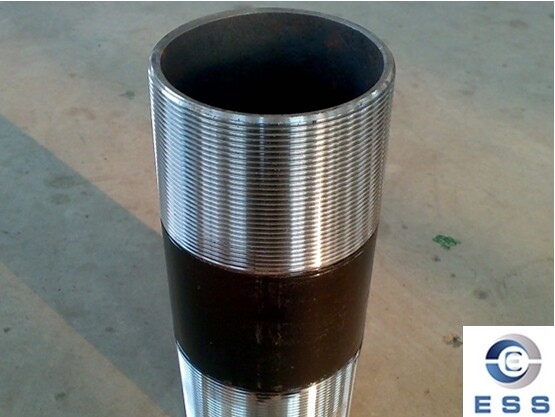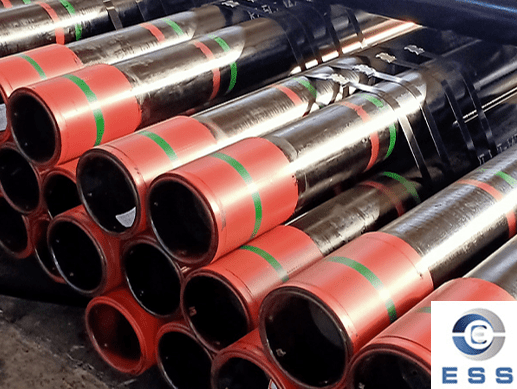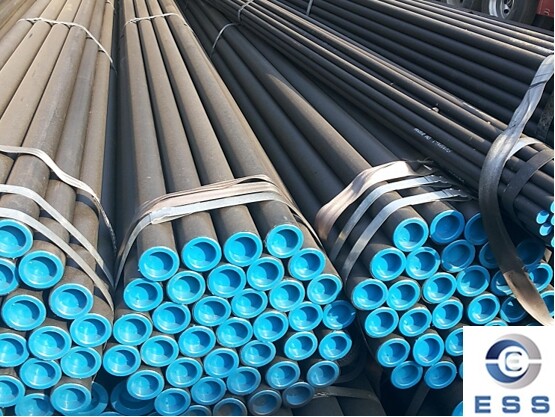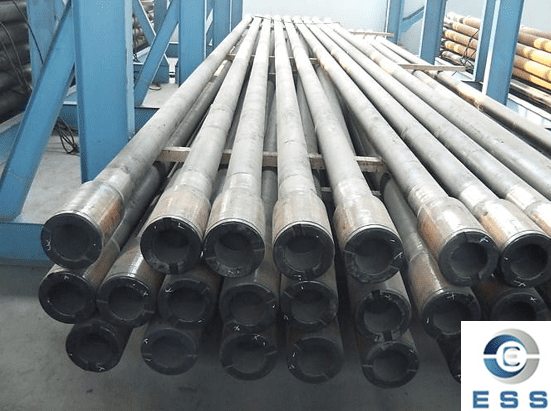
Pipe pup joints are important components that connect two sections of pipes in the pipeline
system. Their function is to adapt to the stress and deformation caused by
temperature changes, vibrations, etc. in the pipeline system by expansion and
contraction, thereby maintaining the stability of the pipeline system. However,
if the length of the pup joint is improperly designed, it will not only weaken
its compensation ability, but may also cause serious safety accidents such as
leakage, rupture and even explosion.
What is the minimum length of the pipeline
pup joint
The shortest length of the pipeline pup
joint usually depends on the specific engineering requirements and the diameter
of the pipe, but generally speaking, in order to ensure the strength and
sealing of the connection, the shortest length of the pipeline pup joint should
not be less than twice the diameter of the pipe.
For example, for a pipe with a diameter of
100 mm, the pup joint length should be at least 200 mm. Such a design can
ensure that the pup joint has sufficient strength and stability to withstand
the pressure and temperature changes in the pipeline system. This
recommendation is based on engineering practice and standard specifications,
such as professional references such as ASME B31.1.
Hazards of insufficient length of pipeline
pup joints
Insufficient length of pipeline pup joints
may lead to various hazards, mainly including the following points:
1. Pipeline system leakage
When the length of the pipeline pup joint
is insufficient, a large stress concentration area will be formed in the
pipeline system. In this way, the stress-bearing part may be deformed, causing
leakage or even damage to the pipeline system. For systems using mild
steel pipe, the structural rigidity is large, the stress release capacity
is limited, and the risk is higher.
2. Pipeline system rupture
Insufficient length of the pipeline pup
joint will cause stress concentration in the pipeline, exceeding the bearing
capacity of the pipeline, which may cause the pipeline system to rupture,
causing casualties and property losses. Especially in high-pressure hydraulic
or heat exchange systems, the consequences of rupture will be more serious, and
even affect the structural safety of downstream valves.
3. Pipeline system explosion
If the medium flowing in the pipeline
system is flammable or toxic gas, when the length of the pipeline pup joint is
insufficient, it will cause an explosion, causing serious loss of life and
property. This situation needs to be particularly vigilant in the OCTG pipe connection application in the petrochemical industry.
How to prevent the hazards of
insufficient length of pipeline pup joints
In order to avoid the harm caused by
insufficient length of pipeline pup joints, the following preventive measures
are required:
1. Reasonable selection of pipeline pup
joints
According to the working environment,
medium, temperature and other conditions of the pipeline system, reasonable
selection of pipeline pup joints of suitable materials and types. For example,
in high-temperature systems, the seamless
steel pipe or materials with stronger heat resistance should be preferred,
and their length should be ensured to meet the compensation requirements.
2. Check the length of pipeline pup joints
The length of pipeline pup joints needs to
be checked at different stages of the design, installation, and use of the
pipeline system to ensure that its length meets the design requirements and
replace aging or damaged pup joints in time.
3. Strengthen pipeline maintenance
The pipeline system should be regularly
maintained and overhauled, including the inspection and replacement of pipeline
pup joints, to promptly discover and eliminate safety hazards.
Summary
In short, insufficient length of pipeline
pup joints can cause many hazards, which need to be paid attention to and taken
seriously. In the design, installation and maintenance of the pipeline system,
it is necessary to strictly follow the specifications and check the length of
the pup joints in time to ensure the safe and stable operation of the pipeline
system.
Read more: Length of Pipe Pup Joint













 Eastern Steel Manufacturing Co.,Ltd not only improve product production and sales services, but also provide additional value-added services. As long as you need, we can complete your specific needs together.
Eastern Steel Manufacturing Co.,Ltd not only improve product production and sales services, but also provide additional value-added services. As long as you need, we can complete your specific needs together.










